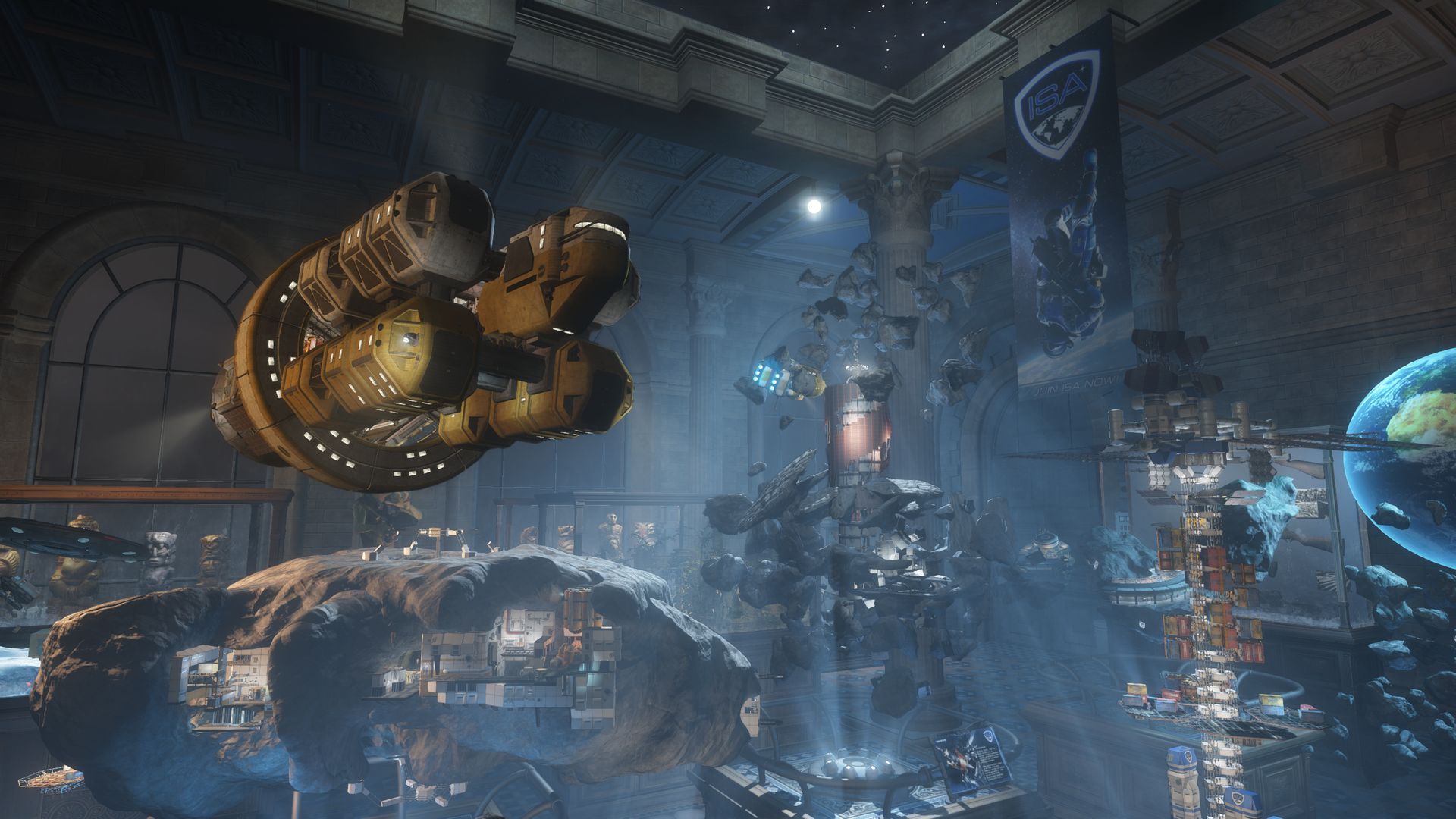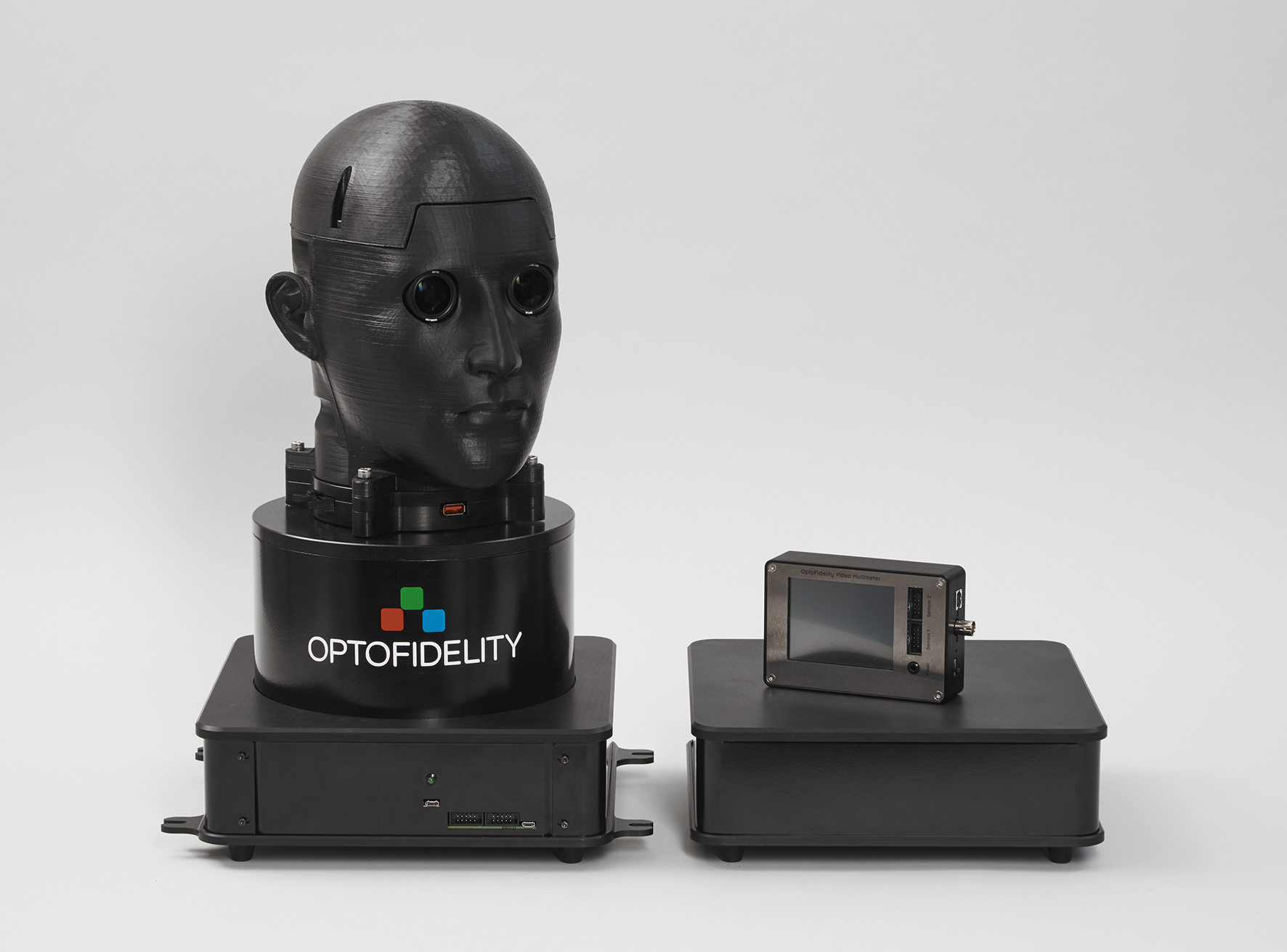Futuremark and OptoFidelity partner to create VR latency test
February 22, 2017
Next week, at Mobile World Congress and GDC, Futuremark and OptoFidelity will be jointly showing a comprehensive new VR latency testing platform for HMDs and mobile devices.
The platform, which combines Futuremark's expertise in benchmarking software with OptoFidelity's expertise in robotics, measurement technology, automation, and hardware, will be on display at Mobile World Congress from February 27 to March 2 on stand 5C43 in Hall 5 and at GDC from March 1 to March 3 on stand 142.
In virtual reality, low latency is essential for user comfort. Poor performance affects the quality of the VR experience. It can even cause motion sickness and nausea.
The VR latency testing platform developed by Futuremark and OptoFidelity offers end-to-end testing of VR equipment. It measures key VR performance indicators such as motion-to-photon latency, pixel persistence, and frame jitter. The universal design of the platform means it works with PCs and mobile devices and can be applied to both virtual reality and augmented reality systems.
The platform pairs VRMark, the virtual reality benchmarking suite from Futuremark, with OptoFidelity's VR Multimeter HMD solution. One of the key test cases measures motion-to-photon latency in a 3D rendering scenario. The test exerts full control over the VR pipeline to quantify the impact of CPU and GPU performance for VR applications. The benchmark analyses each frame to reveal the sources of latency, showing time spent in the 3D engine, the VR API, and the GPU. With detailed reporting, you can study late frames and the effects of timewarp. Configurable settings help you evaluate latency under different CPU and GPU load conditions.
Screenshot: VRMark, the virtual reality benchmark
The test platform uses OptoFidelity's VR Multimeter HMD solution. It is an end-to-end, non-intrusive solution that measures the true performance of VR headsets and hardware. With the OptoFidelity VR Multimeter HMD, you can objectively analyze key indicators of VR performance such as motion-to-photon latency, display persistence, and frame jitter. You can even measure audio to video synchronization and motion-to-audio-latency.
Photo: OptoFidelity VR Multimeter HMD
The solution offers two hardware designs, one for full HMD testing, and another for mobile device VR testing. With additional modules, the platform can also test AR solutions. The platform hardware features high-accuracy mechanics that allow precise motion control and a high level of repeatability in testing. Test sequences can be fully automated for continuous integration testing.
Why VR latency matters
A key strength of the test platform is the ability to make true end-to-end performance measurements of the motion-to-photon latency of VR equipment. Motion-to-photon latency is the time needed for movement of a VR headset to be fully perceived on the headset's display.
Low motion-to-photon latency (< 20ms) is necessary to create the feeling of presence, the feeling that you are actually in the virtual world. High motion-to-photon latency results in a poor virtual reality experience. When the screen lags behind the user's movement, it can result in disorientation, motion sickness, and nausea.
To provide the best VR experience for the user, every component in the motion-to-photon pipeline needs to be optimized. That's why measuring motion-to-photon latency is superior to testing application-to-photon latency, which misses the important effects of delays caused by the tracker/gyroscope and issues in communication between the tracker/gyroscope and the VR application.
Comprehensive measurements and reporting
The solution enables end-to-end measurements of key VR performance indicators.
- Motion-to-photon latency
- Pixel persistence
- Frame Jerkiness and jitter
- Dropped and duplicated frames
- Left versus right eye frame delay
- Audio/Video synchronization
- Motion-to-Audio Latency
- Frame time breakdown identifying key pipeline events
- Study late frames and the effects of timewarp
- Evaluate latency under different load conditions
Combining Futuremark's benchmarking knowledge with OptoFidelity's hardware know-how, the VR latency testing platform is the perfect tool for R&D design verification and certification, test laboratory use, and competitor analysis. It produces reliable and repeatable results quickly and with minimal setup time. You can transfer all measurement data into your own test software and design database for complete analysis, or save and download results to your computer. Testing is easily automated with an API option, which enables the platform to be used as part of a continuous integration process.
See it at Mobile World Congress and GDC
Companies and organizations interested in VR latency testing are invited to see the solution in action at Mobile World Congress on stand 5C43 in Hall 5 from February 27 to March 2 and at GDC on stand 142 from March 1-3. Those unable to attend either show are welcome to contact us directly for further details.
Recent news
-
Procyon Labs launches with FLUX.1 AI Image Generation Demo
November 4, 2025
-
3DMark Solar Bay Extreme is available now!
August 20, 2025
-
3DMark Speed Way Teams up with PC Building Simulator 2!
July 17, 2025
-
New Procyon AI Benchmark for Macs now available
June 25, 2025
-
3DMark for macOS available now!
June 12, 2025
-
New Inference Engines now available in Procyon
May 1, 2025
-
Try out NVIDIA DLSS 4 in 3DMark
January 30, 2025
-
Test LLM performance with the Procyon AI Text Generation Benchmark
December 9, 2024
-
New DirectStorage test available in 3DMark
December 4, 2024
-
New Opacity Micromap test now in 3DMark for Android
October 9, 2024
-
NPUs now supported by Procyon AI Image Generation
September 6, 2024
-
Test the latest version of Intel XeSS in 3DMark
September 3, 2024
-
Introducing the Procyon Battery Consumption Benchmark
June 6, 2024
-
3DMark Steel Nomad is out now!
May 21, 2024
-
Procyon AI Inference now available on macOS
April 8, 2024

